Along with security cameras, motion sensors are truly helpful in providing additional security. Motion sensors are triggered when moving around it sets the alarm off. In this guide, you will learn how to make a motion sensor by yourself. It might be easier than you can imagine. If you have even the basic knowledge of electrical equipment and its working, it will be more than easy to do it yourself.
How To Make A Motion Sensor Alarm By Yourself?
Quick Navigation
First of all, you need to gather all the materials that would go into the making of the sensor. You can buy all the materials individually or you can buy a kit that has all the essential items needed.
Here is the list of what you need for making the sensor:
- Sensor
- Transistor
- Buzzer
- PCB
- Female berg strips
Once you are certain that you have collected everything needed, you need to follow these steps to make a motion sensor using the above-mentioned materials:
- If you have a circuit diagram in mind, you need to draw and get it printed as the first step. You have to put your design into special PCB design software for this.
- Now you have to take the printed circuit diagram and put it on the printed circuit board. Use push pins to mark the points for all the components. Gently press it on the PCB to get the diagram imprinted on it. Make sure you do it properly so the imprint is deep enough to get etched.
- Submerge the PCB in A solution of HCl and hydrogen peroxide or Ferric Chloride to etch the design on the board. You have it let it soak for 10 minutes and keep the container close. Use latex gloves while handling ferric chloride as it is highly corrosive.
- Using a drill, make holes for the transistor and LED at the right-angle header.
- You have to solder the buzzer at the jumper sequence. Take care of the polarity.
- The same way solder transistors and the female berg strip.
- Add the PIR to the board and after waiting for 15 seconds to let it initialize, test the working of it. You can adjust the timing as well.
How Do You Make A Homemade Motion Sensor Alarm?

To make a basic motion sensor alarm at home, you will need the following tools:
- Pliers
- Wirecutter
- Soldering iron
You need to gather the following elements before starting to work, they are easily available online or on hardware shops:
- PIR motion sensor
- Wire
- Arduino Pro Mini controller board
- Resistors(1K)
- Humidity sensor and thermal sensor
- Step-up breakout board
- light sensor
- LiPo Charger
- Lithium-ion battery
Instructions to make a motion sensor:
- Program the controller board according to a circuit design suitable for you.
- Solder the hookup wire and set the PIR sensors.
- Attach the resistor between the humidity sensor and the temperature sensor.
- Solder the step-up breakout to the output of the charger.
- Between the 3.3V pin of the circuit board and the PIR sensor, solder the 1K resistor.
- Solder the power pins of PIR, LED, and microphone to the circuit board.
- Use the guideline and connect the remaining pins.
- Plug the battery into the charger and put it in your preferred place.
How Do You Make A PIR?
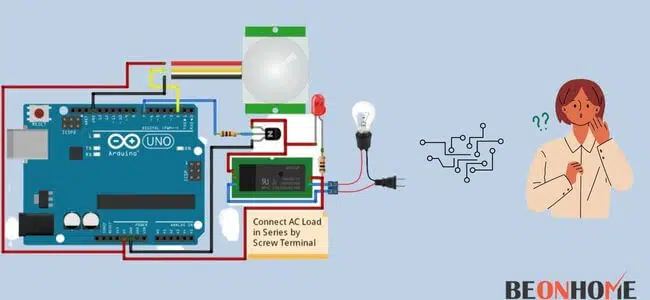
Passive infrared sensors detect the heat energy around the environment and get triggered when there is any change in it.
- If you have a circuit diagram in mind, you need to draw and get it printed as the first step.
- Now you have to take the printed circuit diagram and put it on the printed circuit board. Gently press it on the PCB to get the diagram imprinted on it.
- Submerge the PCB in A solution of HCl and hydrogen peroxide or Ferric Chloride to etch the design.
- Using a drill, make holes for the transistor and LED at the right-angle header.
- Solder the transistor and LED in parallel for constant voltage supply.
- In the same way, as above you have to solder the transistor and PIR sensor on the board. Make sure that you do it in a way that the sensor faces the human source/trigger source.
- Power the sensor with 12v and let it warm up for up to 1 minute. Test it to ensure that it is working properly.
Where to put the sensors?
They should always be placed where they can detect signals with the least interruption and obstruction. Always keep them away from windows and significant height from the ground(8ft).
Try and avoid leaving any blind spots as someone might crawl to the blind a lot and enter your house without your knowledge.
They should not be vulnerable to getting damaged by some external means and must be kept away from pets and children.
Uses of motion sensors:
- As an alarm to know if someone is trying to break into your house.
- They are also used to dispense parking tickets at gates which is very feasible.
- They can switch on lights around the driveway or your porch as you enter the property or even make a DIY driveaway alarm too. Just make sure you get a good driveway alarm sensor with cameras to monitor everything.
- In automated flushes and washbasins.
- Automatic doors have motion detectors that facilitate the opening of the doors. It is very important to have a good door-stop alarm sensor with extra features.
- They can be used as security lighting. A personal alarm with a flashlight is a must.
- To keep children safe, they can be used in restricted areas like pools, garages and medicine cabinets.
What Triggers A Motion Sensor?
Now that you have learned how to make a motion sensor, you must understand what can set your alarm off. The trigger depends on the sensor you have installed in your circuit.
1.PASSIVE INFRARED SENSORS:
These sensors emit a constant beam of infrared light that the human eye can’t perceive. They are encased in a housing to protect them from humidity and noise. The sensor usually has two parts, one which records the normal environment and the other which detects any change in the temperature.
The sensors are customizable to avoid false alarms using the lenses, which can be segmented to prevent them from focusing on some areas.
2.MICROWAVE SENSORS
These sensors emit a constant beam of microwaves reflected in the sensors. Now, if any activity alters the rate of reflection, it triggers the sensors and sets the alarm off.
3.DUAL SENSORS
Dual sensors are equipped with both PIR and microwave sensors. Having both sensors can help in getting more accurate triggers as one verifies the other. It is the best way to preclude false alarms.
Here are some causes of false alarms:
- A low battery can lead to false triggers.
- Curtains can interrupt the reflection rate, thus causing a false alarm.
- Appliances like fans or sprinklers.
- Insects sometimes build a nest around them, which can disrupt the signals.
- Plants with big leaves can alter the signals when blown by the wind.
- Pets can trigger PIR as well as microwave alarms.
Final Talk
Setting up security systems can be a little costly if you get it done by a professional. But if you can put some of the segments by yourself, it might cost you way less. In this article, you learned how to assemble a working motion sensor alarm, its types, and its working. Now you also know which place to put your motion sensor to work best. You have learned about false alarms as well, which can save you from a lot of trouble.

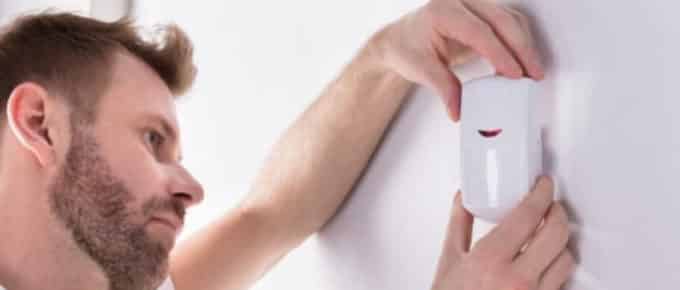
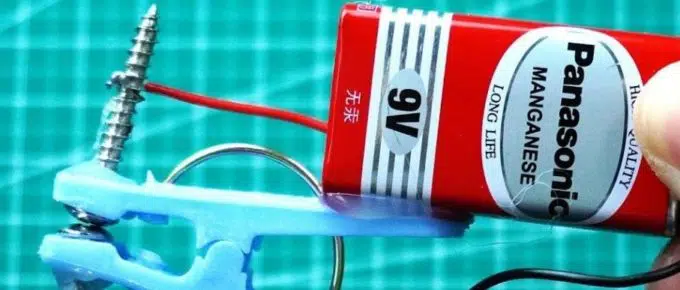
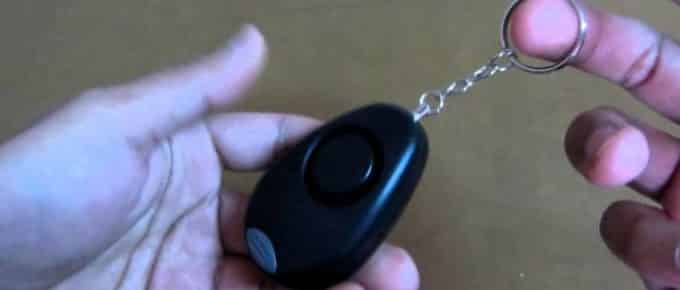
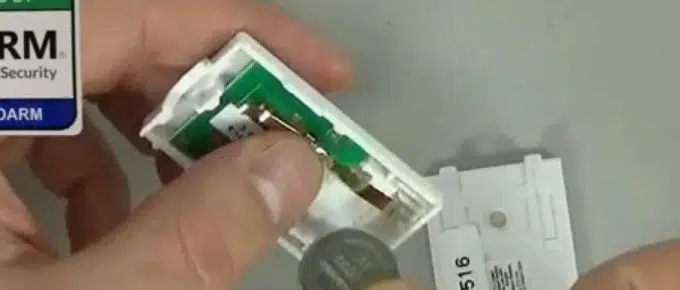
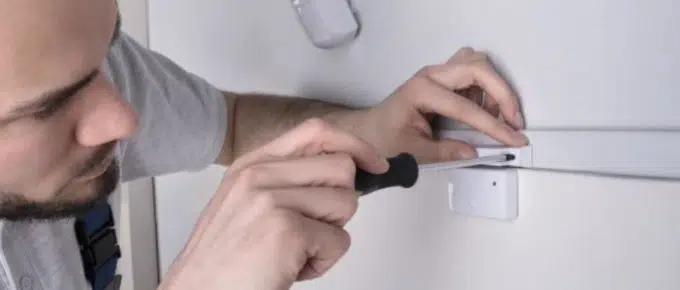
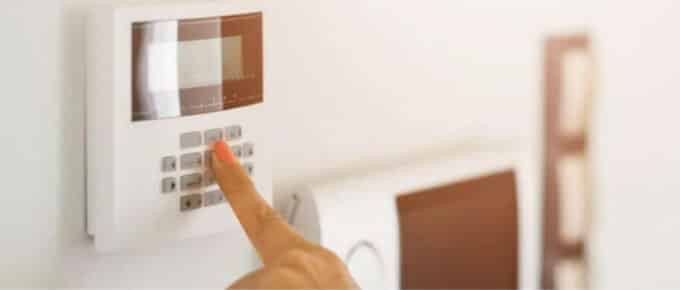
Leave a Reply